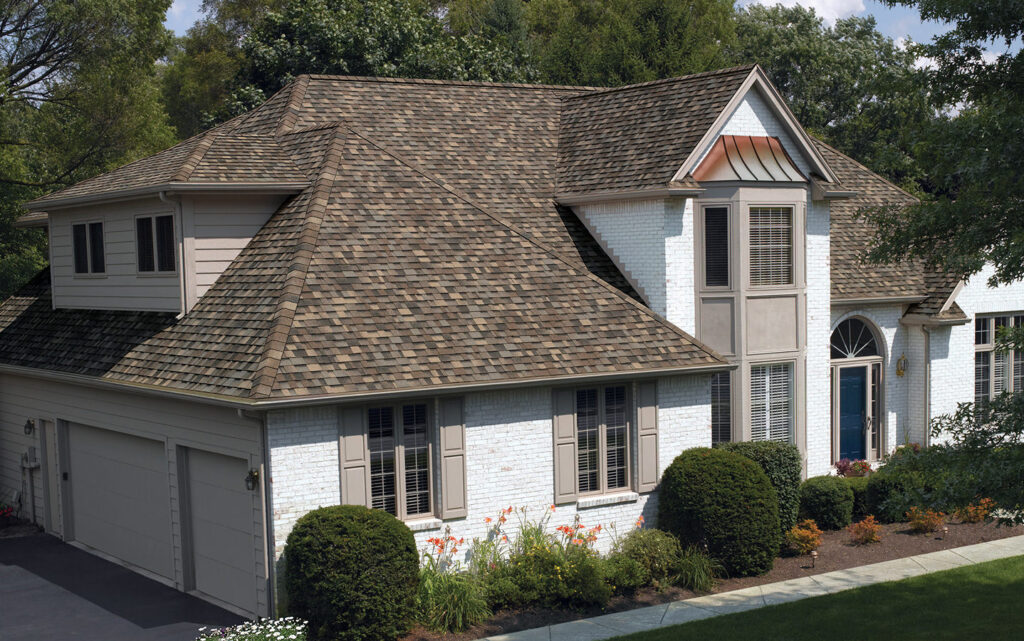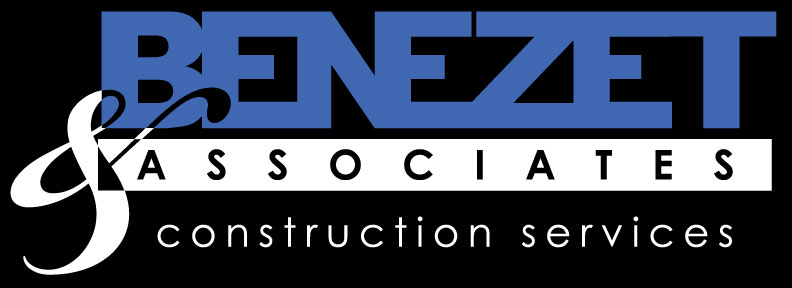Roofing Repair and Replacement
Common rafters or pre-made wooden trusses are usually used to build modern timber roofs. Then, the roofs are usually held together with truss connector plates. Wooden and historic buildings can be built with rafters or trusses made of wood, depending on how they were built. Roofs can also be called “warm” or “cold” depending on how they are made and how well they are insulated and ventilated. The steepness or roof pitch of a sloped roof is mostly determined by the material used to cover it and how it looks. Flat roofs, on the other hand, actually slope up to about ten degrees so that water can be drained off of them. Flat roofs are mostly found in areas that get a lot of rain.
There are a lot of windy places where cyclones and hurricanes could hit. The main engineering concern is to keep the roof down during strong storms. Everyone who works on the roof, as well as the rest of the structure, must deal with high wind speeds. This is done by attaching metal ties to each rafter or truss. This isn’t usually a problem in places where there isn’t a lot of wind or bad weather.
The first roofs that people built were probably made of straw, leaves, branches, or reeds. They were usually set at a slope, or pitch, so that rain could run off them. Conical thatched roofs are a good example of this type of roof. They are still used in rural areas of Africa and other places. As time went on, thicker branches and timbers were used to build a roof, with clay or some other substance that didn’t allow water to get in between them. With these materials, it was possible to make gabled and flat roofs that could be used. There were two basic types of roofs: domes and vaults. Bricks and cut stones made it possible to build with them.
The roofing material, which includes the underlayment and the roof covering, is mostly meant to keep water out. Roof materials come in many different colors and textures, which are important parts of the architecture. Most of the roofs on homes in North America have asphalt shingles, but some have other types of roof shingles or metal roofs. People in Europe use tile and thatch roofs a lot more than people in the United States do. Some roofing materials can help cut down on the cost of air conditioning in hot places because they are made to reflect light.

Asphalt shingles are the most common type of roofing in North America. They make up as much as 75% of all steep slope roofs in the country. This type of material is also becoming popular in Europe because it costs less to install. Asphalt shingles are the most common type of roof on North American homes because they are usually cheaper than other materials.
Some people in the southern US and Mexico like clay tile roofs because they last a long time and can handle hurricane winds with little or no damage. In Europe, slate and tile roofs are a lot of fun to have. Many slate roofs in Europe are more than 100 years old, and they don’t need a lot of maintenance or repairs.
Roof space ventilation is needed to keep the temperature in the roof space even. When there isn’t enough ventilation, humidity can build up inside the roof fabric, which can cause interstitial condensation. This can cause structural damage, wet or dry rot, and even damage insulation.
It is much more common for condensation to build up in the roof space today because: tighter building envelopes with high-performance windows, doors, and chimneys don’t allow for a lot of natural ventilation. There are also no chimneys to vent the space. This tighter envelope means that the temperature of the air in buildings has gone up. The warmer the air in a building is, the more water vapour it can carry with it in the air.
As the inside of the building warms up, the roof space gets colder. This is because high-performance insulation and roofing membranes make the roof space cold. Condensation starts when the temperature of the air drops below the “dew point,” or when the warm air meets any of the cold surfaces in the roof.
Here at Benezet & Associates, our roofing division is dedicated to providing you with the same quality customer service and attention to detail that we’ve always offered and that you expect and deserve. We’ve added roofing to our arsenal of services so that we can better serve you and your many needs. We specialize in residential and commercial roof repair and replacement. Aging and damaged roofs can become susceptible to wind damage, hail strike damage and leaks which may worsen over time and eventual cause unsightly water damage, dangerous mold and even structural damage to the interior of your home or business. Contact us today for a free estimate. To learn more about Benezet & Associates roofing divisions please visit our roofing page here.




